Industry information
Company News
- The Beauty of Punching in Aluminum Veneer: The Secret World of Punching
- Customize aluminum veneer to make your space look brand new!
- Craftsmanship, punching aluminum veneer interprets a new chapter of fashion
- Aluminum veneer customization, creating a new trend of personalized space
- Fluorocarbon aluminum veneer, the new darling of the construction industry!
Industry dynamics
- Hyperbolic aluminum veneer: a fashionable choice for modern architecture
- Aluminum veneer customization, creating an exclusive personalized space!
- Aluminum veneer customization makes your building more textured!
- Aluminum veneer: the new favorite of fashion and luxury in the construction industry
- Fluorocarbon aluminum veneer, the new aesthetic favorite of modern architecture!
Frequently asked questions
- What are the advantages of aluminum veneer compared to other building materials in modern architecture?
- Is there any restriction on the size customization of aluminum veneer?
- What is the seismic performance of aluminum veneer in building exterior design?
- Can the insulation function of aluminum veneer reduce the energy consumption of buildings?
- What is the antioxidant performance of aluminum veneer?
contact us
Mobile:+86 15627778610
Email: 2201229786@qq.com
Address: No. 5 Binjiang Road, High tech Zone, Zhaoqing City, Guangdong Province
Aluminum veneer: the fashionable "coat" of modern architecture
- Author: Jinba Aluminum Industry (Guangdong) Co., Ltd
- Release time: March 9, 2025 09:49:54
- Click:0
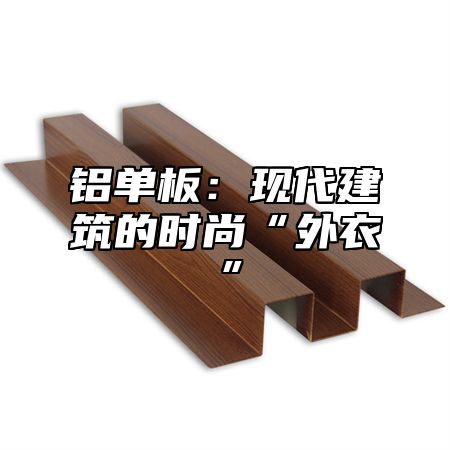
Today, let's talk about some fresh ideas in the architecture industry——Aluminum veneerMany people may not have heard of this, but it is a hot commodity in modern architecture. Imagine those glamorous skyscrapers, who doesn't want to give themselves a fashionable coat? And this aluminum veneer is simply the best among this' outerwear '.
Firstly, let's talk about the origin of aluminum veneer. It is a metal sheet mainly made of aluminum and its alloys. This material is lightweight, corrosion-resistant, and the key is its versatile shape, which can satisfy architects' wild imagination. I remember once when my friend was renovating his house, he specifically chose aluminum veneer to make the exterior walls, saying it was both environmentally friendly and beautiful. I was quite curious at the time, how much charm could this thing have?
Speaking of which, the application of aluminum veneer is really extensive. From residential to commercial buildings, from public facilities to cultural and creative industry parks, its presence can be seen. For example, those high-end office buildings are often decorated with aluminum veneers on the exterior, which can showcase the strength of the enterprise and give people a sense of high-end atmosphere. And those residential communities use aluminum veneer for exterior walls, which can not only provide thermal insulation and sound insulation, but also maintain the beauty of the building.
But when it comes to aluminum veneer, its advantages cannot be ignored. It is lightweight. This is not bragging. The weight of aluminum veneer per square meter is only a few kilograms, which is nothing compared to traditional materials such as stone and glass. This means that when installing aluminum veneers in buildings, it can reduce the weight of the building itself and lower construction costs.
The corrosion resistance of aluminum veneer is also unparalleled. We all know that aluminum is easily oxidized in air, but aluminum veneers can form a dense oxide film on the surface through special processing, effectively preventing corrosion. This allows aluminum veneer to maintain good condition even in outdoor environments.
Let's talk about the diversity of shapes in aluminum veneer. It can customize various patterns, colors, and textures according to the designer's needs, making the appearance of the building ever-changing. I remember once when I went to see a real estate project open for sale, the exterior walls of that community were made of aluminum veneer, with colors perfectly matched, giving people a fresh and natural feeling.
Aluminum veneer also has its drawbacks. For example, its fire resistance is relatively weak. This requires corresponding fire prevention measures to be taken when installing aluminum veneer. The cost of aluminum veneer is also higher than traditional materials. These shortcomings are still acceptable.
How to choose the appropriate aluminum veneer? Pay attention to the thickness of aluminum veneer. The thickness of aluminum veneer ranges from 1.5 millimeters to 5 millimeters, and the thicker the thickness, the better the quality. Check the surface treatment process of aluminum veneer. Aluminum veneer with good surface treatment technology has better texture and longer service life.
What I want to say is that although aluminum veneer is good, we cannot blindly pursue it. When selecting aluminum veneer, one should choose the appropriate brand and product based on their actual needs and economic conditions. After all, architecture is an art, and aluminum veneer is just a bright spot in this art.
The application of aluminum veneer in modern architecture is becoming increasingly widespread. With its advantages of lightweight, corrosion resistance, and diverse shapes, it has become the fashionable "coat" of modern architecture. Perhaps in the near future, the buildings around us will all wear such a "coat" to showcase a more unique beauty. Let's look forward to it together!

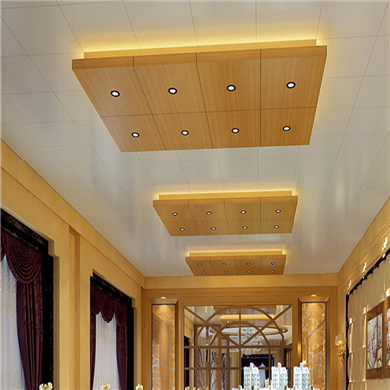
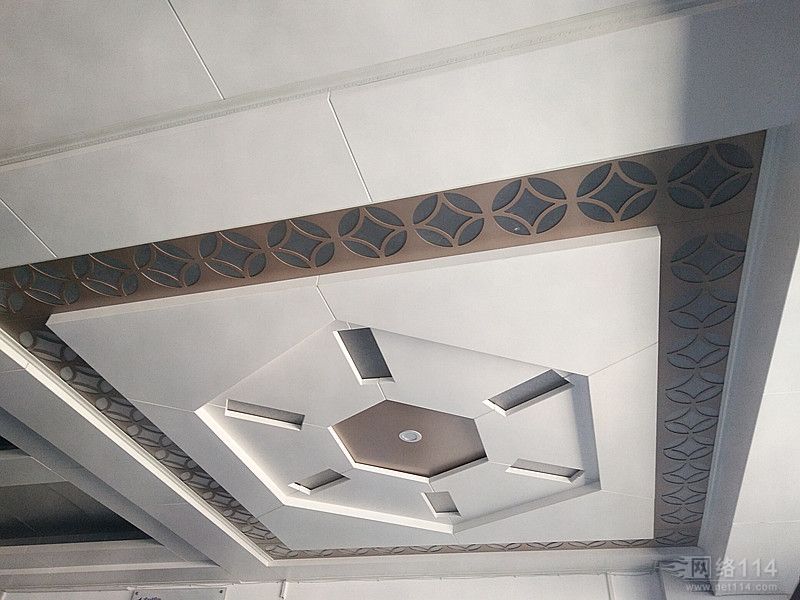
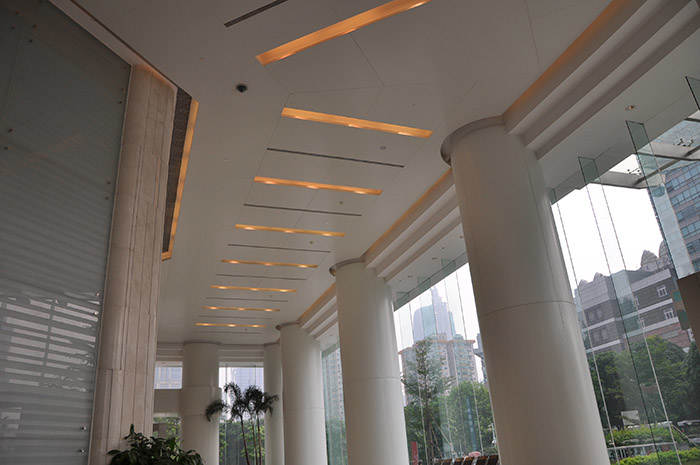
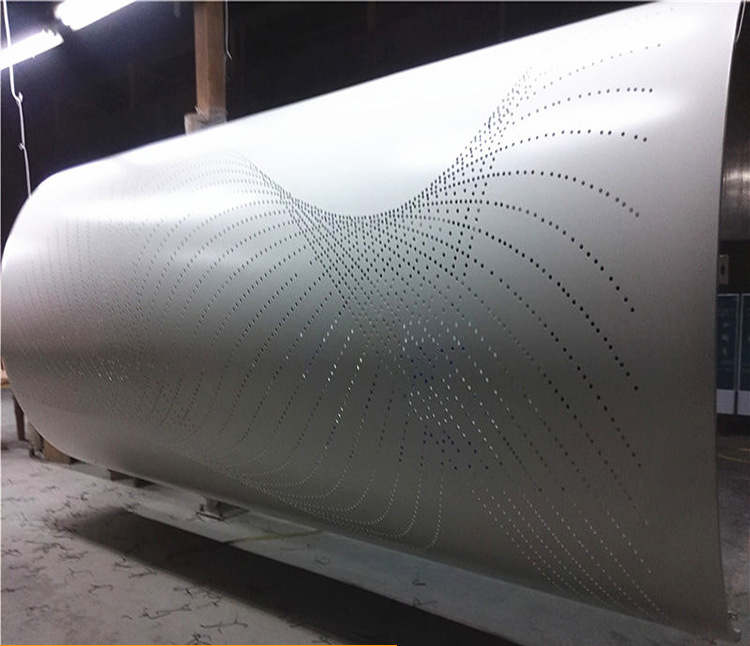
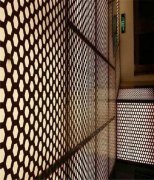
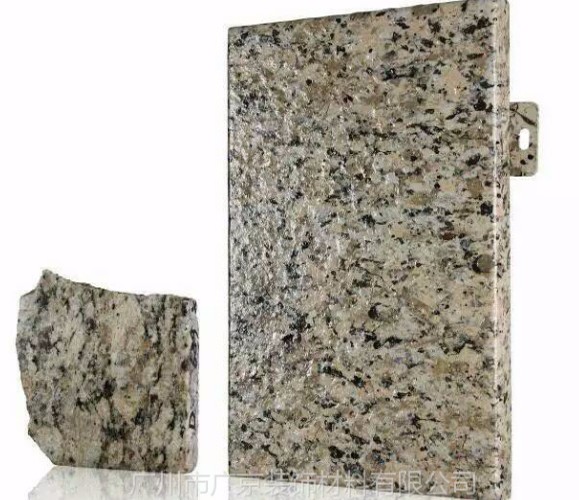
 Customer service QQ
Customer service QQ